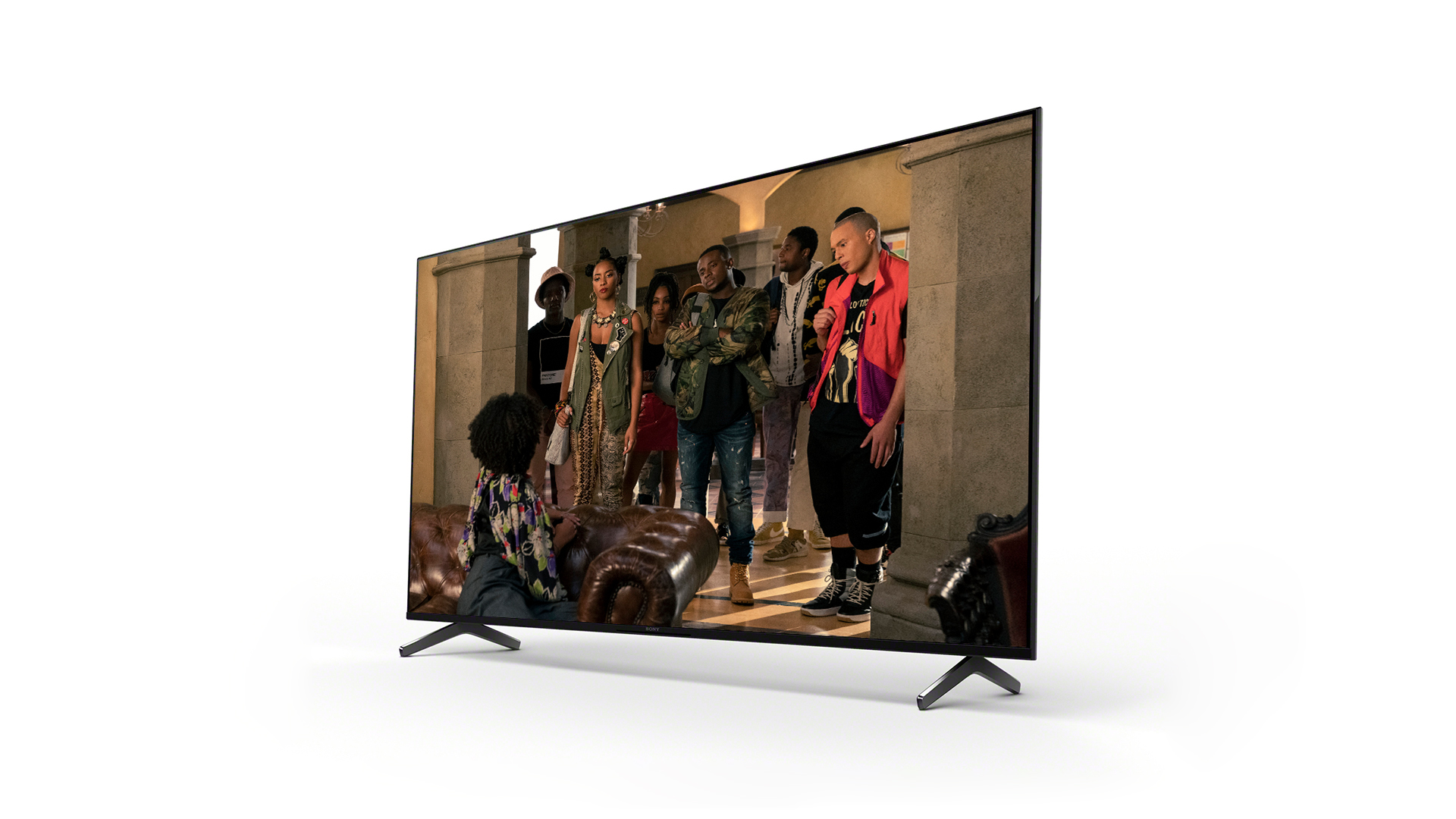What Hi-Fi? Verdict
The Sony X90J (and its X94J sibling) is simply the best, big, mid-range TV you can currently buy
Pros
- +
Lovely, authentic colour balance
- +
Superb motion handling
- +
Solid feature set
Cons
- -
Limited blacks and viewing angles
- -
Fairly rough standard-def
- -
Missing UK catch-up apps
Why you can trust What Hi-Fi?
There’s no substitute for size when it comes to home cinema. After all, the whole goal of ‘home cinema’ is to, you know, bring the cinema home. And what’s the most important part of the cinema experience? The whopping huge screen, of course. That’s why a 65-inch TV (or even bigger!) is what you should aim for if you’re looking to add some serious cinematic scale to your living room.
But we can’t all afford to go big and go super-premium. Your budget might stretch to a 65-inch TV, but perhaps not a 65-inch OLED or flagship QLED. If that’s the case, the Sony XR-65X90J (or near-identical XR-65X94J) could be just what you’re looking for thanks to its heady mix of fancy features, perfectly-pitched picture performance and a mid-range price tag.
Price
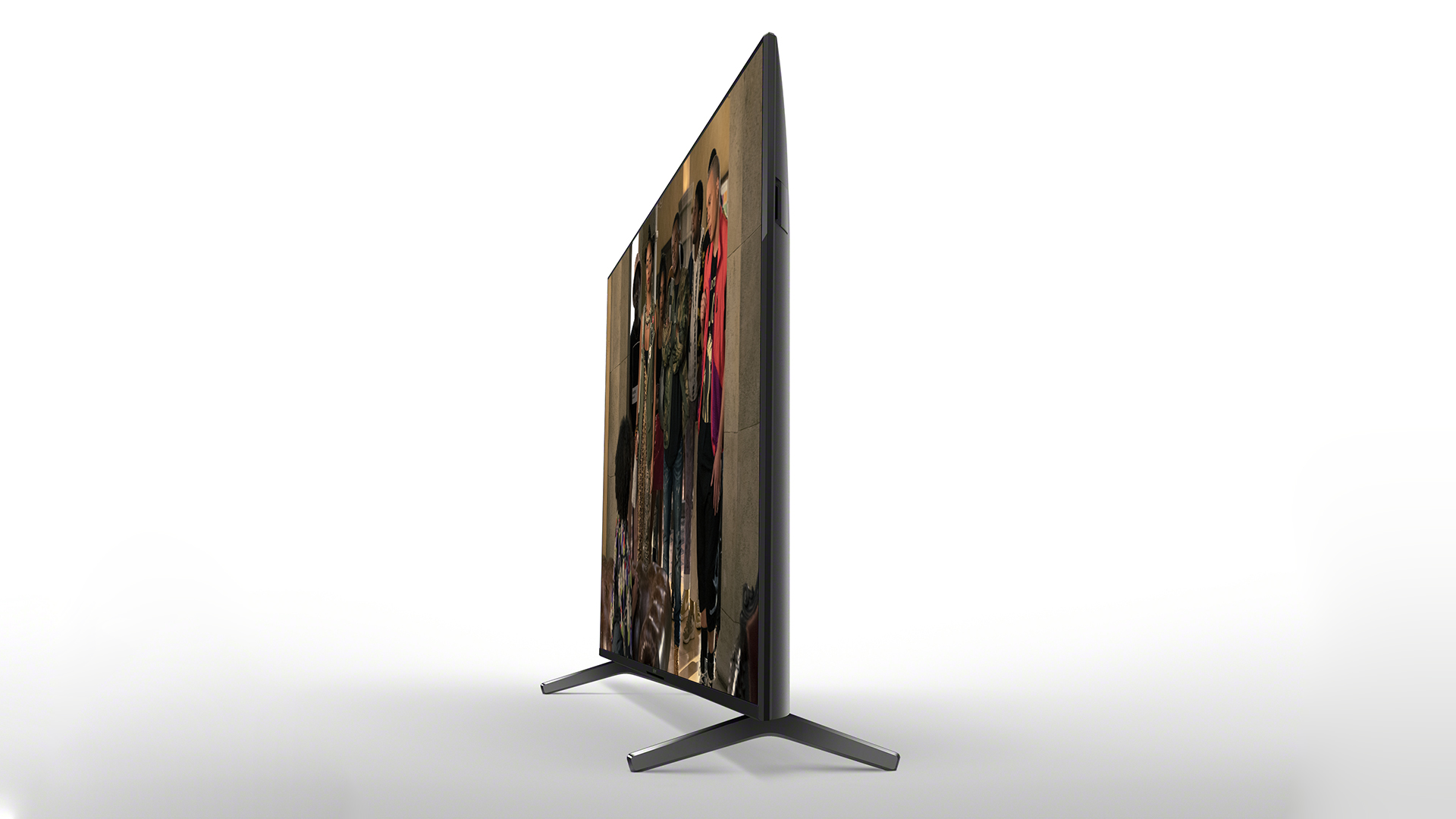
The Sony XR-65X90J launched at a price of £1799 / $1500 / AU$2495, but it’s already dropped to £1499 / $1400 / AU$2295.
In the UK, there’s a variant of the X90J, called the X94J. This version has slightly different feet and a feature called Rich Colour Enhancer. While Sony says the latter is only enabled when the set’s in its Vivid mode, we’ve tested both models side-by-side and find that there is a very marginal degree of extra richness to the X94J’s colours in other modes, too, but it’s so slight as to not be a very compelling reason to choose one version over the other. They’re otherwise identical, so this review applies to both the X90J and X94J.
Design
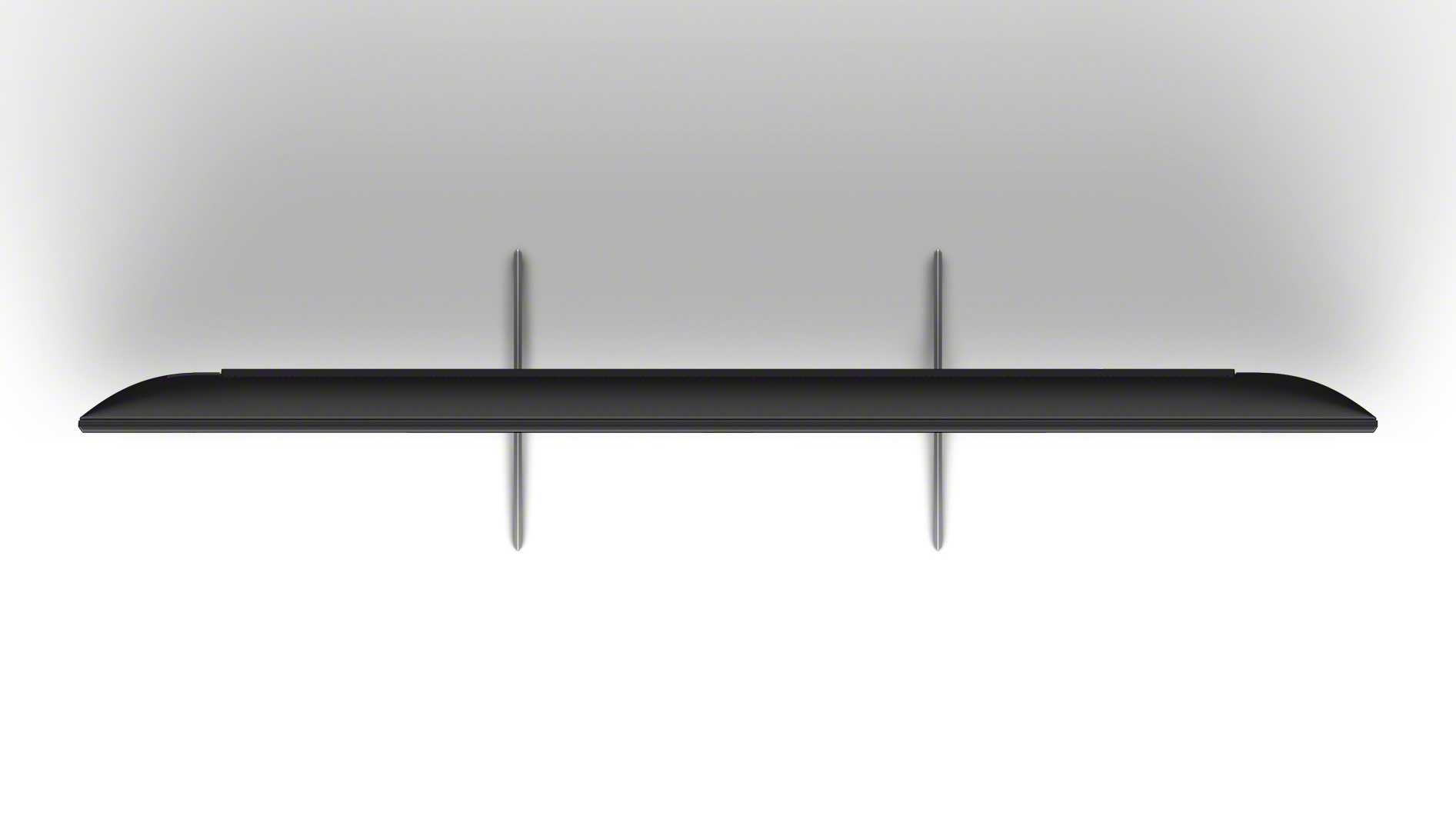
With the feet not attached, the X90J and X94J look identical, which is more or less exactly how you’d expect a large, mid-range LCD TV to look. The pure black bezel around the screen is about 1cm thick on the top and sides and roughly 2cm on the bottom. The depth measurement of 7.2cm makes the chassis a bit thick by modern standards, but not significantly so.
Both versions of the TV come with feet rather than a pedestal stand. The X90J has what Sony calls a ‘Slim Blade Stand’, while the X94J has an ‘Aluminium Blade Stand’. In the real world, the X94J’s feet are a little fiddlier to install than the X90J’s, and in the narrowest of their two positioning options the feet are a not-inconsiderable 89cm apart. The X90J’s feet, on the other hand, can simply be slotted into different notches in the set’s bottom edge, and the narrowest configuration gives the TV a footprint that’s an easily accommodated 48cm wide.
The X90J/X94J comes with the same remote as the A80J OLED. It’s perfectly serviceable, with a decent layout and prominent shortcuts for four of the most popular streaming services, but there’s a bit of sponginess to the buttons that you don’t get from the more premium, backlit version that comes with the flagship A90J.
Features
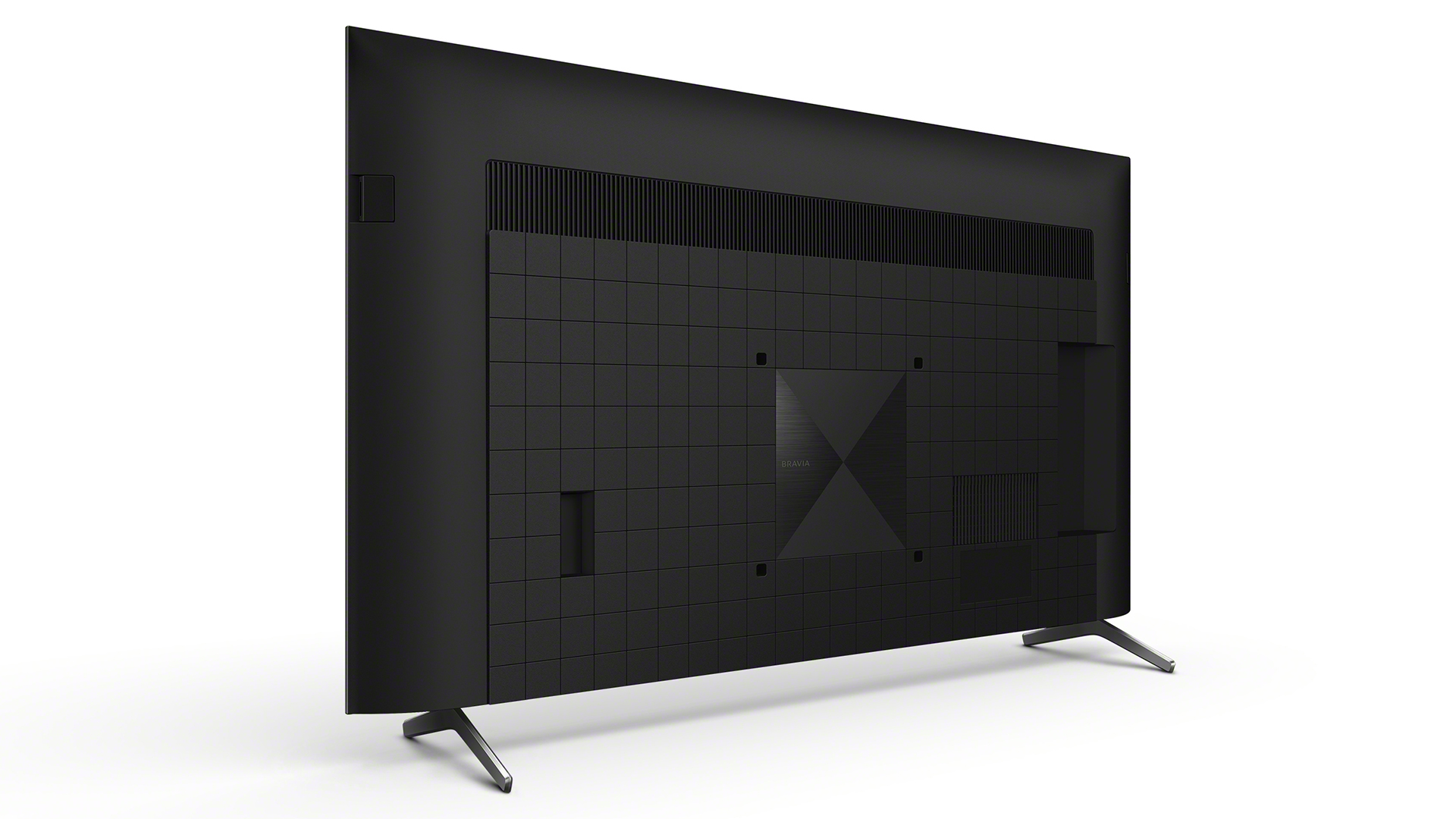
The X90J/X94J has a very solid selection of physical connections that includes aerial, satellite (Freesat in the UK), ethernet and optical ports, plus three USBs and four HDMIs.
Of those HDMIs, two are standard HDMI 2.0 spec but two are 48Gbps HDMI 2.1 ports. Unfortunately, as with Sony’s other 2021 HDMI 2.1 TVs, there’s no out-of-the-box support for VRR (Variable Refresh Rate). Sony is promising that this will be added before the end of 2021, and the recent VRR update to 2020’s XH90 (X900H in the US) does give us some faith that that will actually happen.
4K at 120Hz is supported out of the box and works as expected, which wasn’t the case when we tested the A80J and A90J OLEDs. You can’t have 4K/120Hz enabled at the same time as Dolby Vision, though, as you can if you’re using an LG OLED such as the C1, but you may want to avoid Dolby Vision gaming altogether anyway, as the X90J/X94J lacks a Dolby Vision Game mode, so games played in Dolby Vision suffer a lot of input lag. In short, this isn’t the ideal TV for a hardcore Xbox Series X gamer, but it’s a fine foil for a PS5 user – although an HGiG setting would make it even more so.
It’s also worth pointing out that, as is the norm for 2021 TVs with two HDMI 2.1 sockets, one of the Sony X90J/X94J’s HDMI 2.1 inputs is also its eARC/ARC output, so if you need to use eARC/ARC to get sound to your AV receiver or soundbar, you’re going to be left with just one top-spec input. At present, that will only be an issue for the lucky few who have both of the next-gen consoles (and/or a top-spec gaming PC), but it could become more of an issue if and when HDMI 2.1 sources become more prevalent.
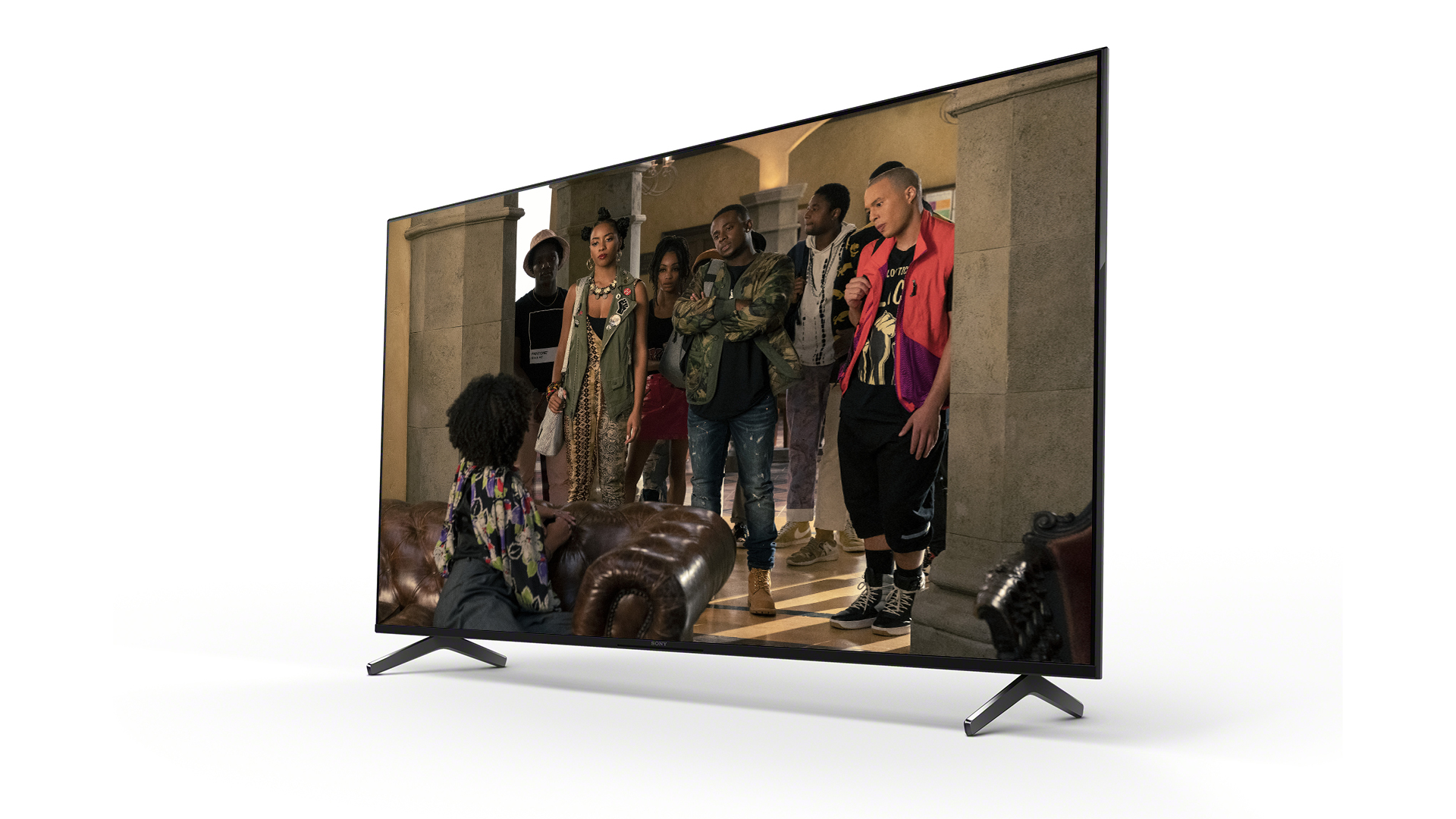
Screen type LCD w/ direct LED backlight
Resolution 4K
Operating system Google TV
HDR formats HDR10, Dolby Vision, HLG
HDMI x4 (HDMI 2.1 x2)
4K@120Hz Yes
VRR No
ALLM Yes
ARC/eARC eARC
Optical out Yes
Moving away from the physical connections, the X90J/X94J has plenty of content options for those who don’t have a separate source of any kind, thanks to the Google TV operating system. Netflix, Amazon Prime Video, Disney+ and Apple TV are here in all of their 4K, Dolby Vision and Dolby Atmos glory; Plex and VLC make for easy playback of your stored content; and Spotify, Tidal, Amazon Music and Deezer give you plenty of options for music streaming.
A nice extra bonus for those who buy XR-series Sony TVs is the built-in Bravia Core app, which streams blockbuster movies at bitrates higher than any other app and similar to those of a 4K Blu-ray disc. You need an exceptionally fast connection (115Mbps minimum) to hit the highest quality level, but the picture is still impressive over our 80Mbps connection and you'll get more than adequate quality from connections of 10Mbps or more. It’s even got some IMAX Enhanced movies in its library, though you do still need to manually select the IMAX Enhanced preset in order to view these as intended. As with the A90J and A80J OLEDs, when you purchase the X90J/X94J you receive some tokens that can be used to 'buy' movies via the app’s library, so there’s no reason not to try it.
Users in the UK will also find native apps for Now, BT Sport and My5, but BBC iPlayer, ITV Hub and All 4 are all missing. This is very poor form, to be sure, but you can at least use Chromecast to send content from these apps on your phone to the TV’s screen.
Marshalling the whole user experience, from navigating the OS and opening apps to taking care of all of the picture and sound processing, is Sony’s new Cognitive Processor XR chip. In fact, the X90J/X94J is the most affordable model in Sony's lineup to get the new silicon. The company says that the Cognitive Processor XR combines the AI abilities of its predecessor (the X1 chip) with a system that it calls cognitive intelligence. While AI analyses picture and sound signals and uses data based on machine learning, cognitive intelligence aims to add a more human perspective to identify content and enhance AV performance and deliver an experience in line with how humans see and hear the world.
That might sound like hot air, but the supreme performances of the A80J and A90J OLEDs suggest Sony is genuinely on to something here.
Picture

Kicking off with Netflix’s Lost In Space in Dolby Vision, it quickly becomes clear that this mid-range, direct-backlit LCD TV can’t match its OLED stablemates for black depth – but we never expected it to. Overwhelmingly dark scenes clearly and predictably lack the black depth of any OLED (or top QLED), with the set only ever reaching very dark grey, but the backlight is consistent, with none of the clouding or blotchiness that’s common of big TVs in this price range. You get a little bit of light seepage into the black bars at the top and bottom when a very bright element gets close, but it’s barely noticeable if you’re not looking for it.
There’s impressive overall contrast on offer here, too. The set may not go perfectly black, but it goes very bright, and scenes that contain a mix of dark and light look excellent. The helmet-mounted torches of the characters shine bright and pure against the darkness of a powerless ship, and the red and orange LEDs in the cockpit as power is slowly restored are punchy and vibrant.
Colours are excellent throughout. This is a cinematically warm and rich delivery that’s true to the Dolby Vision ethos, but whites are still clean and detailed. Skin tones are superb, too, with a subtlety of shading that’s extremely rare at this end of the market.
Spend more and you’ll get a crisper, more three-dimensional performance, but the X90J’s measured approach is extremely well judged. Edges are more than sharp enough, with no hint of exaggeration, and detail levels are exemplary for a TV this big at this price.
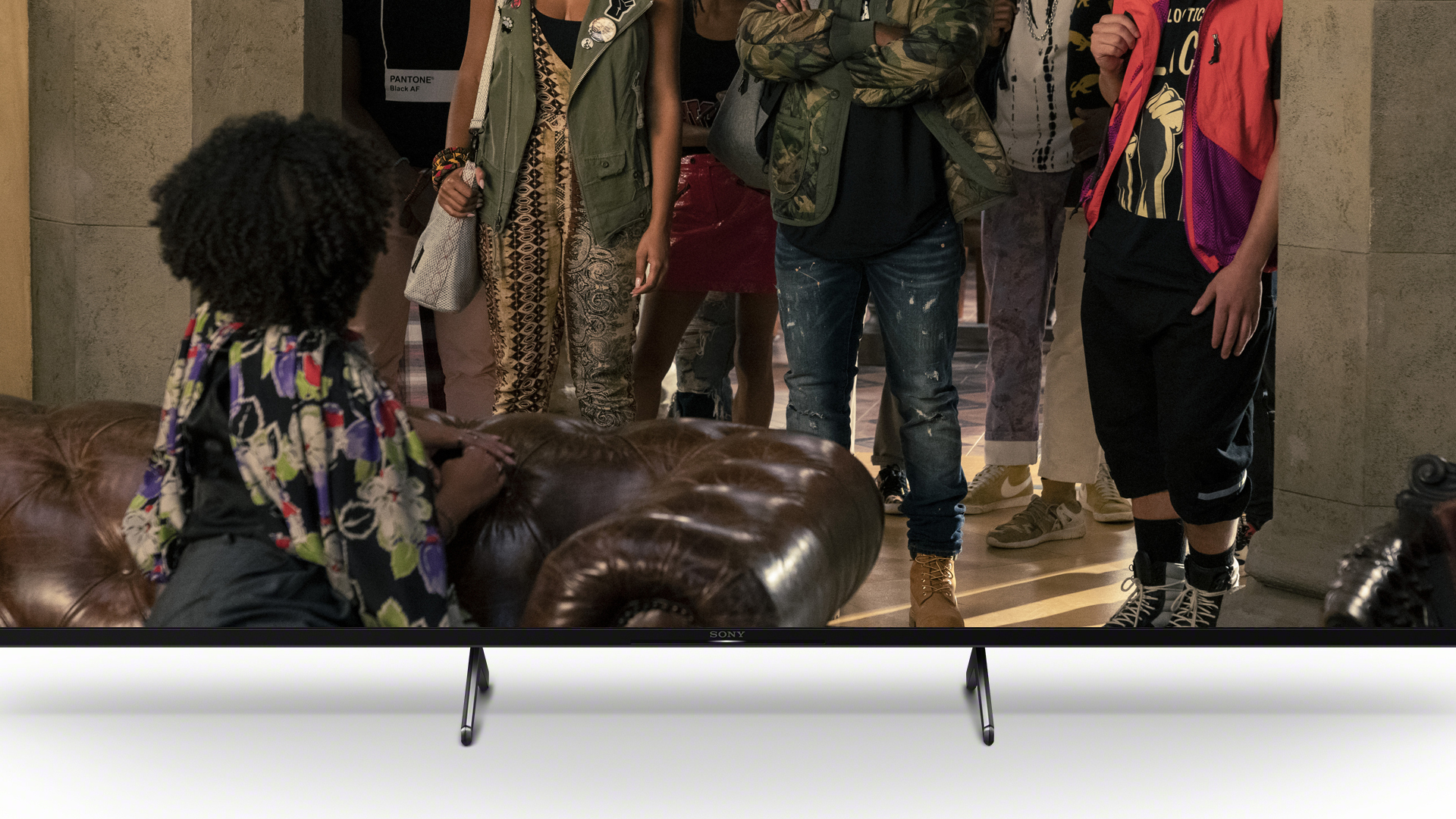
Switching to Blade Runner 2049 in HDR10, there’s a very slight glow around the high-contrast studio logos and introductory text at the very start, but it’s diffused cleverly so as to be barely noticeable, even in a pitch black room and despite the bright elements themselves being superbly punchy.
The motion processing is predictably excellent. The default Custom setting, with Smoothness set at 2 and Clearness at 1, offers an excellent balance, broadly sharpening and smoothing movement somewhat without adding any artificiality. There’s a little bit of blur as the camera pans across Sapper Morton’s farmyard, but none as it later pans up the nearby dead tree. The extremely tricky flight into LA is handled perfectly, too – better than it is by many non-Sony OLEDs even – and the later crash-landing is almost as good, with just a hint of shimmer to the fast-moving vehicle.
Dropping down a rung on the video format ladder with No Country For Old Men in HD, the X90J/X94J puts in another strong performance. Particularly impressive again are the beautifully judged, nuanced colours and excellent motion handling. It’s an impressively bright and punchy picture, too, and sharpness and detail are also good.
Interestingly, the X90J/X94J struggles with standard-def content more than the A80J and A90J do, despite the shared processor. As we flick from one terrible daytime TV show to another, we’re struck by how rough and fizzy the image is when compared with the best upscalers out there. Colours are still good and there’s plenty of punch, but the delivery still isn’t very enjoyable – not that daytime TV ever really is.
Do also be aware that the TV’s viewing angles are fairly limited compared to those of similarly priced QLED models. Whatever you’re watching will suffer from some greying of blacks and fading of colours if you move too far off-axis.
Sound
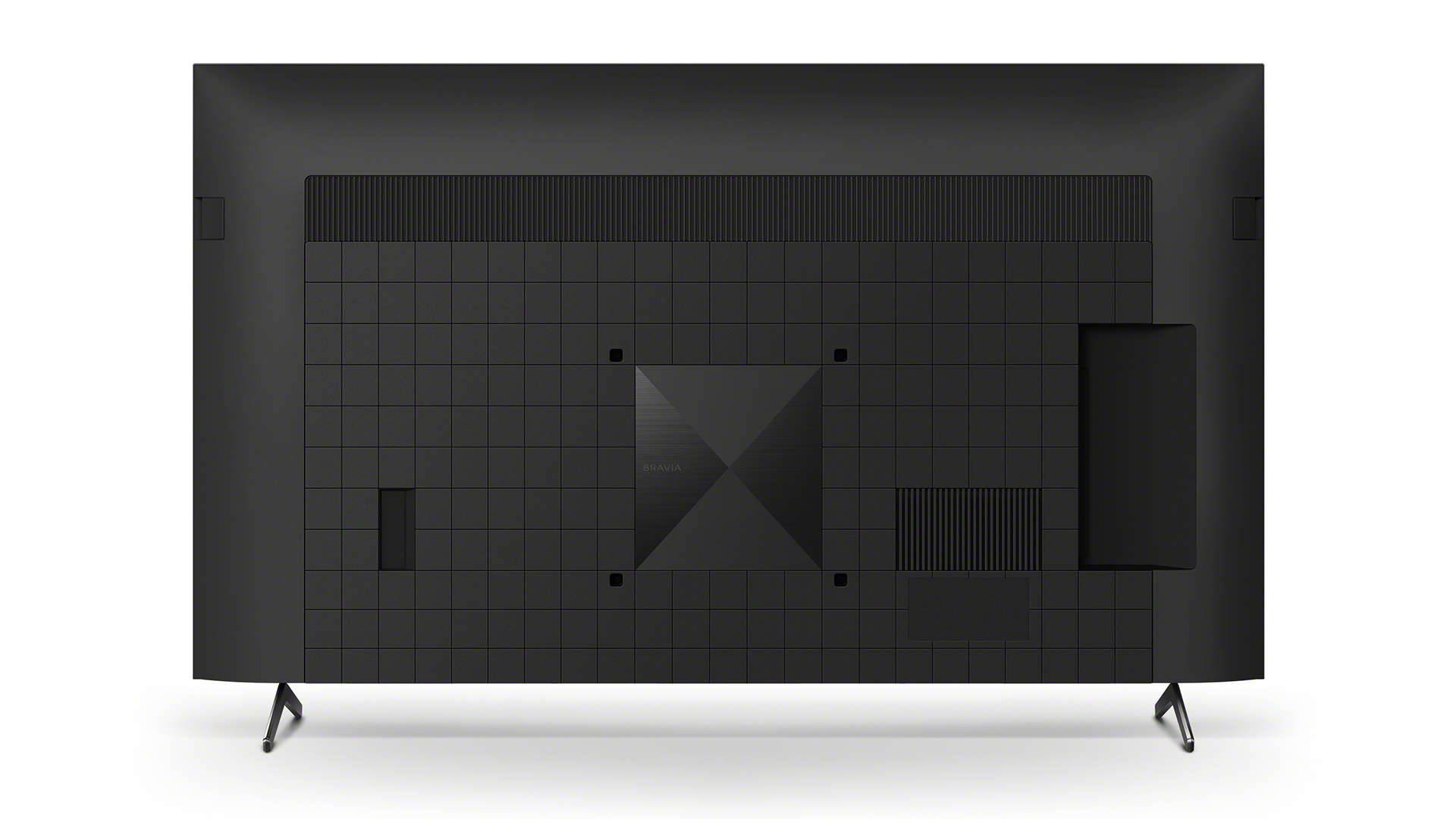
The X90J/X94J sports a very modestly rated 20W sound system, but it’s capable of going really rather loud. That said, it gets a touch flustered at extremely high volumes, with a bit of fuzz creeping in and the treble turning a bit piercing. We’re talking about volume levels that the speakers simply aren’t designed to go to, so it’s surprising that it’s an option at all. Few people will ever feel the need to go above the halfway mark, which is more than loud enough.
The performance at normal levels is reasonably dynamic, building effectively through the opening of Blade Runner 2049’s chapter two and then recreating the increasing intensity of K’s baseline test by gradually raising the volume of the oppressive whistling.
There’s not much bass weight to speak of and the treble is a little insistent, even at lower volumes, but the overall tonal balance is pretty good. It’s also clean and clear, and dialogue is both well projected and, thanks to the placement of the drivers about halfway up the set’s edges, intrinsically linked to the onscreen action. The audio doesn’t sound as if it’s coming from the screen in the way that it does with a Sony OLED, but it’s a solid approximation.
Switching to the Cinema mode slightly fills out the lower midrange and opens up the soundstage, giving it reasonably good width and even a little height. It sacrifices detail and directness a touch, but the increase in atmospherics makes it well worth using with some movies. It certainly benefits Blade Runner 2049, with the flight to the orphanage becoming a good degree more immersive – there’s even some good tracking of the gunshots from the ground, which start in the bottom-left of the soundstage and travel diagonally to the top-right.
Of course, you can significantly improve upon the X90J/X94J’s audio by adding a soundbar. The new Sonos Beam (Gen 2) would be an excellent entry-level choice, while an Arc or even Sony’s own HT-A7000 would be even better.
Verdict
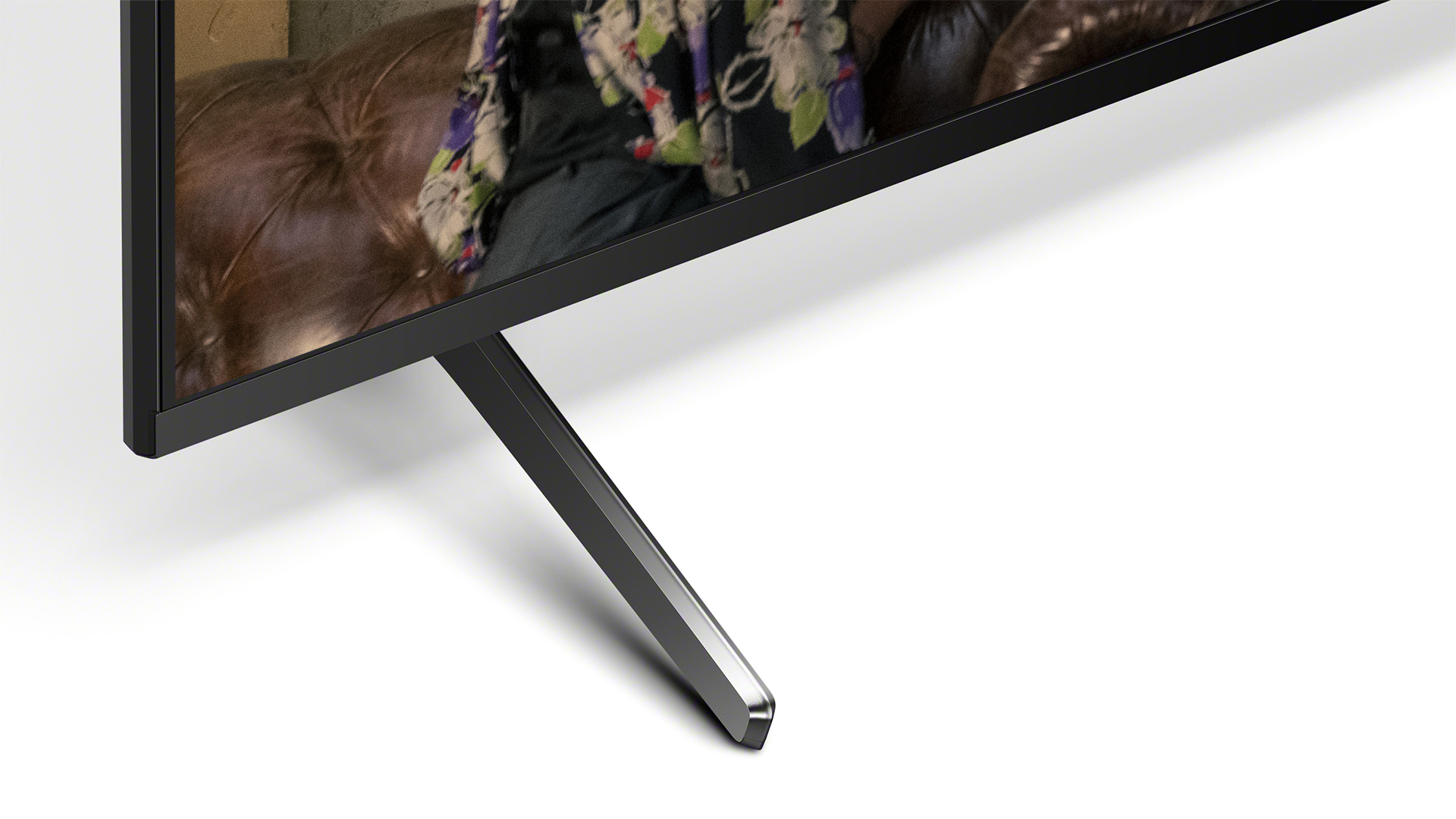
While you could buy a 55-inch OLED for around £1500 / $1500 / AU$2500, it’s perfectly reasonable to instead choose to go for a TV that’s a little less premium but a full 10 inches bigger. If that’s the choice you make, the X90J (or X94J) absolutely demands your attention.
SCORES
- Picture 5
- Sound 4
- Features 4
MORE:
Read our review of the Sony XR-55A80J
Read our review of LG's OLED65C1
Check out our review of the Philips 65OLED805
What Hi-Fi?, founded in 1976, is the world's leading independent guide to buying and owning hi-fi and home entertainment products. Our comprehensive tests help you buy the very best for your money, with our advice sections giving you step-by-step information on how to get even more from your music and movies. Everything is tested by our dedicated team of in-house reviewers in our custom-built test rooms in London, Reading and Bath. Our coveted five-star rating and Awards are recognised all over the world as the ultimate seal of approval, so you can buy with absolute confidence.
